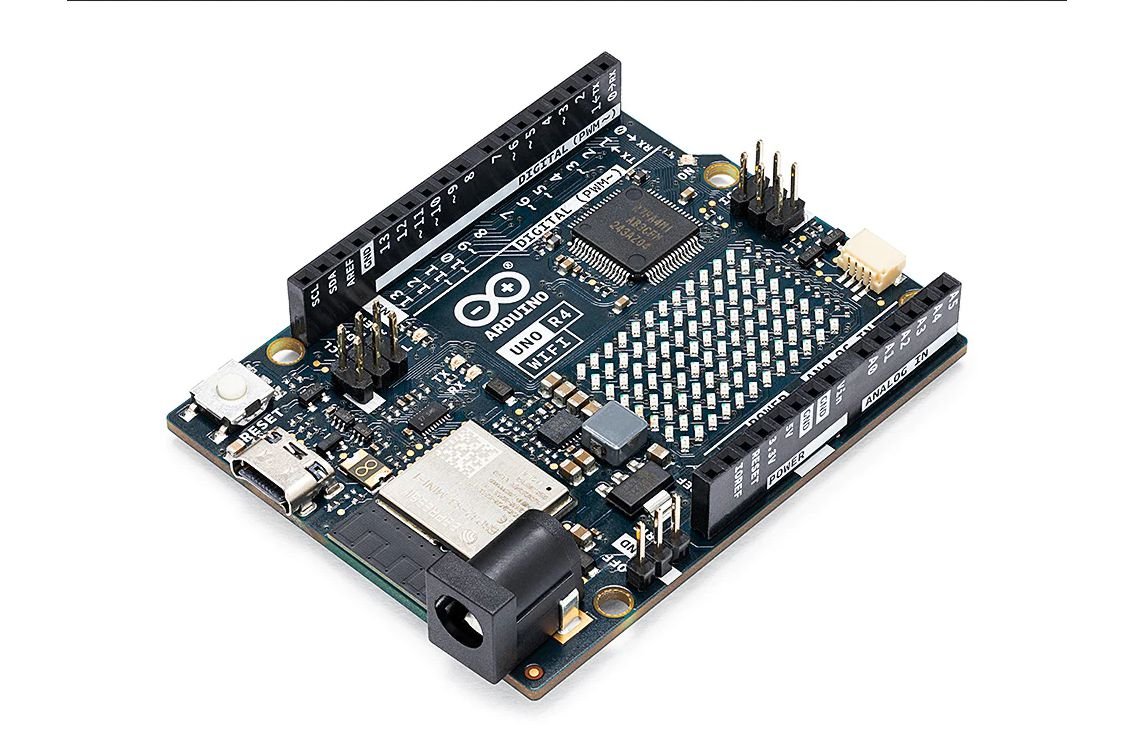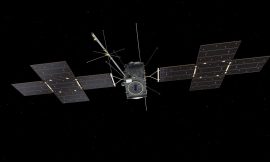The popular Arduino UNO family has undergone a major transformation with the introduction of the new UNO R4. This new version no longer uses the ATmega328 controller, but instead utilizes the Renesas RA4M1, which provides significant upgrades in terms of memory and features.
The RA4M1 is an ARM controller with a Cortex-M4 core clocked at up to 48MHz. It offers 256KB flash memory and 32KB RAM, which is a significant improvement compared to the previous 32KB flash and 2KB RAM of the ATmega328. Additionally, the RA4M1 features 8KB data flash with 100,000 programming cycles, replacing the previous 1KB EEPROM.
Other improvements include a 14-bit A/D converter (compared to the previous 10-bit), a 12-bit resolution DAC, a built-in real-time clock (RTC), an AES crypto unit, and CAN bus support. The RA4M1 also has two I2C and SPI interfaces, providing more connectivity options.
Despite being an ARM controller, the RA4M1 can be operated with 5V, which is rare in the ARM controller world. This is an advantage for those who are familiar with the 5V power supply used in previous Arduino boards.
The form factor and pinout of the UNO have been retained in the UNO R4, but not all features can be used simultaneously due to space constraints. However, the R4 does include an additional Quiic connector for I2C peripherals, as well as other connections outside of the Shield socket strips. This allows users to add external components, such as a clock battery for the RTC.
The R4 also introduces a switching regulator, replacing the previous linear regulator. This allows the R4 to handle up to 24V DC input voltage without overheating. Additionally, the R4 features a USB-C port, eliminating the need for a USB-to-serial converter.
Two versions of the UNO R4 are available: the UNO R4 Minima, priced at €18, which is a basic configuration with only a microcontroller and power supply, and the UNO R4 Wifi, priced at €25. The Wifi version includes an ESP32-S3 module for wireless communication and an 8×12 LED matrix display.
Existing sketches should be compatible with the new boards as long as they only use the Arduino API. However, if external libraries have addressed internal AVR hardware registers directly, they may require adjustment.
Overall, the UNO R4 offers significant improvements over its predecessor, providing more memory, enhanced features, and improved connectivity options. These upgrades open up new possibilities for Arduino enthusiasts and developers.



